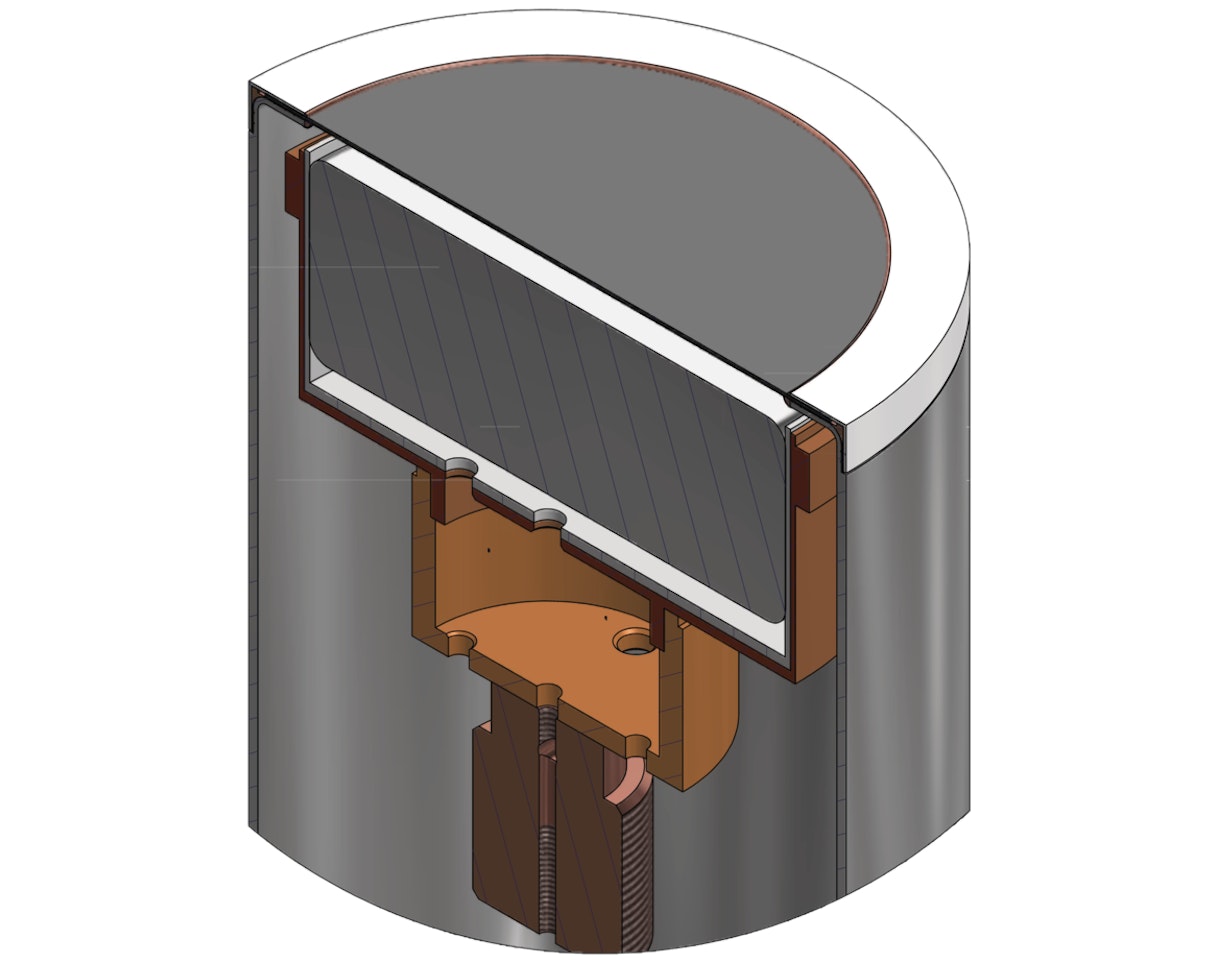
BEGe™ Broad Energy Germanium Detectors
The Mirion BEGe Broad Energy Germanium Detector covers the energy range of 3 keV to 3 MeV like no other.
The Mirion BEGe Broad Energy Germanium Detector covers the energy range of 3 keV to 3 MeV like no other.
Standard Electrode Coaxial Ge Detectors
The conventional coaxial germanium detector is often referred to as Pure Ge, HPGe, Intrinsic Ge, or Hyperpure Ge.
The conventional coaxial germanium detector is often referred to as Pure Ge, HPGe, Intrinsic Ge, or Hyperpure Ge. Regardless of the superlative used, the detector is basically a cylinder of germanium with an n-type contact on the outer surface, and a p-type contact on the surface of an axial well. The germanium has a net impurity level of around 1010 atoms/cc so that with moderate reverse bias, the entire volume between the electrodes is depleted, and an electric field extends across this active region. Photon interaction within this region produces charge carriers which are swept by the electric field to their collecting electrodes, where a charge sensitive preamplifier converts this charge into a voltage pulse proportional to the energy deposited in the detector.
The n and p contacts, or electrodes, are typically diffused lithium and implanted boron respectively. The outer n-type diffused lithium contact is about 0.5 mm thick. The inner contact is about 0.3 μm thick. A surface barrier may be substituted for the implanted boron with equal results.
The Mirion Coaxial Ge detector can be shipped and stored without cooling. However, long term stability is best preserved by keeping the detector cold. Like all germanium detectors, it must be cooled when it is used to avoid excessive thermally-generated leakage current. The non-perishable nature of this detector widens the application of Ge spectrometers to include field use of portable spectrometers.
The useful energy range of the Coaxial Ge detector is 40 keV to more than 10 MeV. The resolution and peak shapes are excellent and are available over a wide range of efficiencies. A list of available models is given in the accompanying table.
Do you have a question or need a custom solution? We're here to help guide your research.
Looking for Services or Support?
We're here to help.